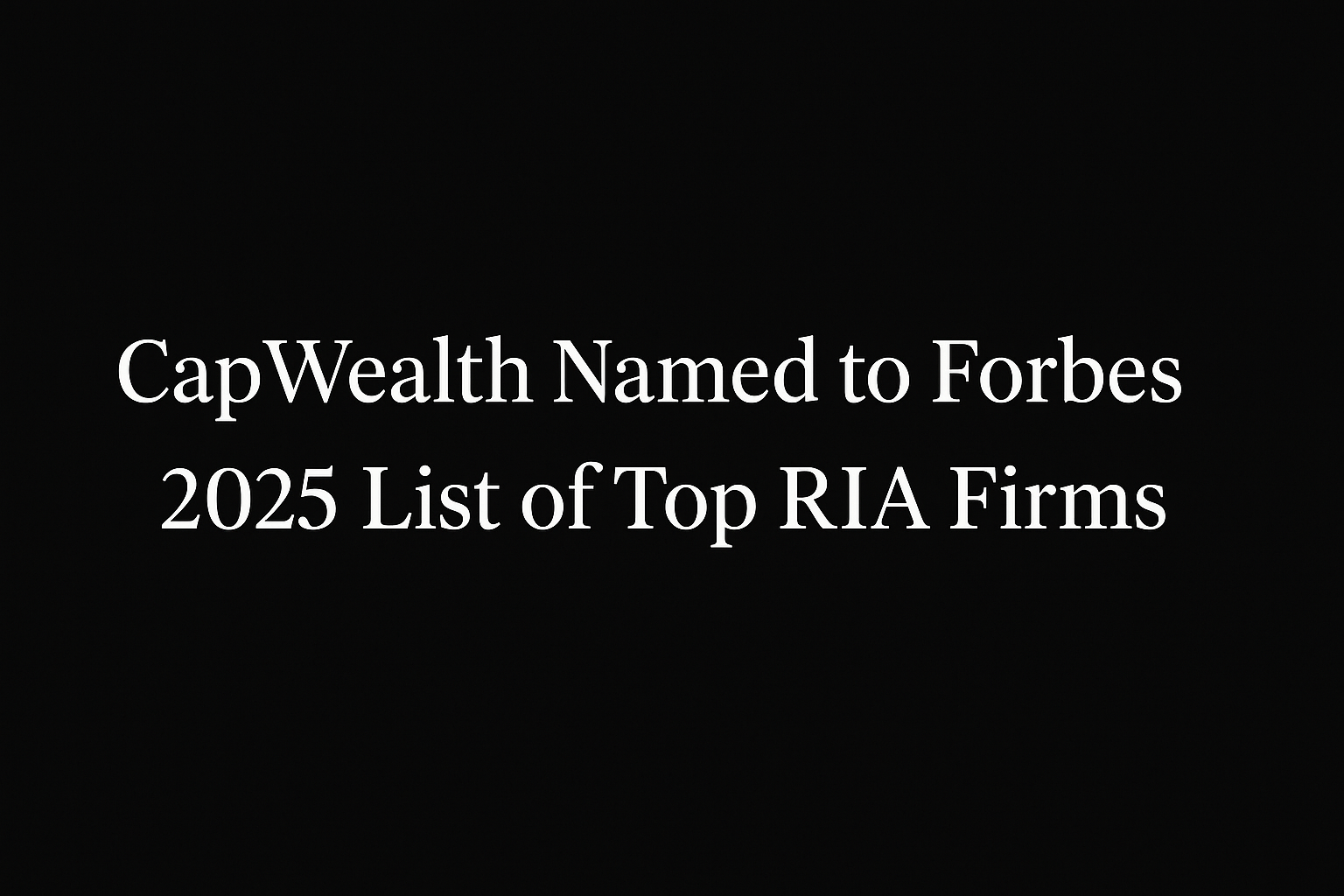Hedge funds: Rock stars or one-hit wonders?
November 20, 2014
Hedge funds have been around since the 1920s but they didn’t get a lot of attention until the 1980s. The textbook definition of hedging is an investment made to limit the risk of another investment, and that’s how early hedge funds operated. Not a radical concept — almost everyone hedges risk with insurance, for instance. We pay homeowner’s insurance premiums to protect our investment in our residence from risks such as fire or theft.
The history
The hedge fund industry may have been designed to protect investors from sharp stock market declines, but the industry became well known for advanced, complicated strategies such as leveraged, long/short, quantitative and derivative positons — and for stellar performance. In the 1980s, some fund managers reached rock-star status, earning over $100 million a year in compensation. During this time, the hedge fund industry was largely a cottage industry of small, boutique firms with one principal decision-maker, the lone genius behind the fund’s strategy, whose investors were ultra-wealthy individuals and families. In the 1990s, according to HFR (Hedge Fund Research), the average hedge fund earned 18.25 percent annualized without a down year. This rock-star performance for the exclusive few began to attract more mainstream institutional money: pension plans and endowment funds.
The hype
In 2002, CalPERS (California Public Employees Retirement System) made their first allocation to hedge funds and it was a watershed event. CalPERS is our nation’s largest pension plan, managing $298 billion in assets for 1.6 million current and retired employees of California, and has long been the investment trendsetter for public funds. Whatever CalPERS does, smaller public funds take note — and often follow suit, contributing to the explosion in hedge funds’ popularity in recent years: $39 billion in assets invested in 1990 compared to an estimated $3 trillion today.
But institutions have very different goals than wealthy individuals. Hedge funds attained astronomical stature when they were investing mostly for ultra-high-net-worth individuals who could afford the expensive cost structure of hedge funds (normally a 2 percent management fee per year plus 20 percent of profits) and had long investment horizons. Institutions like CalPERS, on the other hand, have liabilities to meet currently, as well, as in 20-, 30- and 40-year time horizons. And, by the way, no investment strategy can maintain 18.25 percent returns forever. In fact, in an attempt to maintain outsized returns, many hedge funds have been quick to turn to the latest investment trend.
While potentially profitable in the short term, these fashionable investments — overleveraged, overcrowded and/or experimental — can be painful when the tide turns. From 2003 to 2013, the annualized return of the HRFX, a widely used measure of industry returns, was 1 percent. The S&P 500 in that period returned 7.4 percent annually.
The hit
In September of this year, CalPERS announced it was getting out of all hedge fund investments in an effort to simplify assets and reduce costs. Last year, CalPERS reported earning a 7.1 percent return on their hedge funds, paying $135 million in fees, while the overall portfolio returned 18.4 percent. Simply put, CalPERS decided the returns from hedge funds haven’t been worth the cost and complexity.
The average investor doesn’t own a hedge fund but has certainly heard about them. Because the minimum investment in some hedge funds is $1 million and are not sold to the general public or retail investors, there’s a perception of cachet to being a hedge fund investor. But it looks like one of the biggest institutional investors, CalPERS, has decided that hedge funds just don’t live up to their hype — like a lot of rock stars.
The hedge fund industry seems to be listening. Even before the CalPERS announcement in September, some hedge funds had already begun reducing their fees. With the historical bellwether pension fund having pulled out of hedge funds to concentrate on more tried-and-true investment discipline, don’t be surprised to see more institutional money run and more hedge funds lower their fees to stem the exodus.
Phoebe Venable, chartered financial analyst, is President & COO of CapWealth Advisors LLC. Her column on women, families and building wealth appears each Saturday in The Tennessean.














